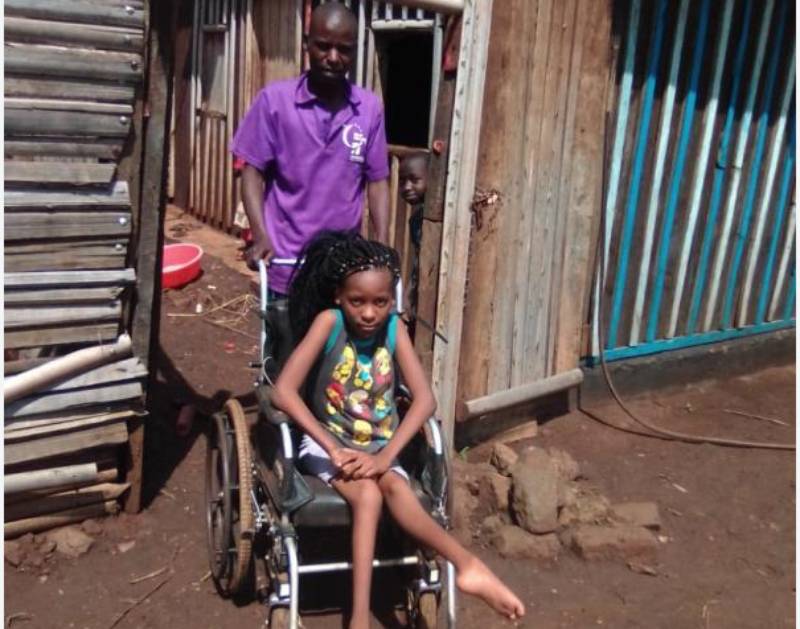×
The Standard e-Paper
Fearless, Trusted News

Like all newlyweds, Francis Kinyua and his wife Rukia Gacheri were overjoyed to learn that they were expecting their first child.
All was well in their young marriage until it was time for the baby to come.